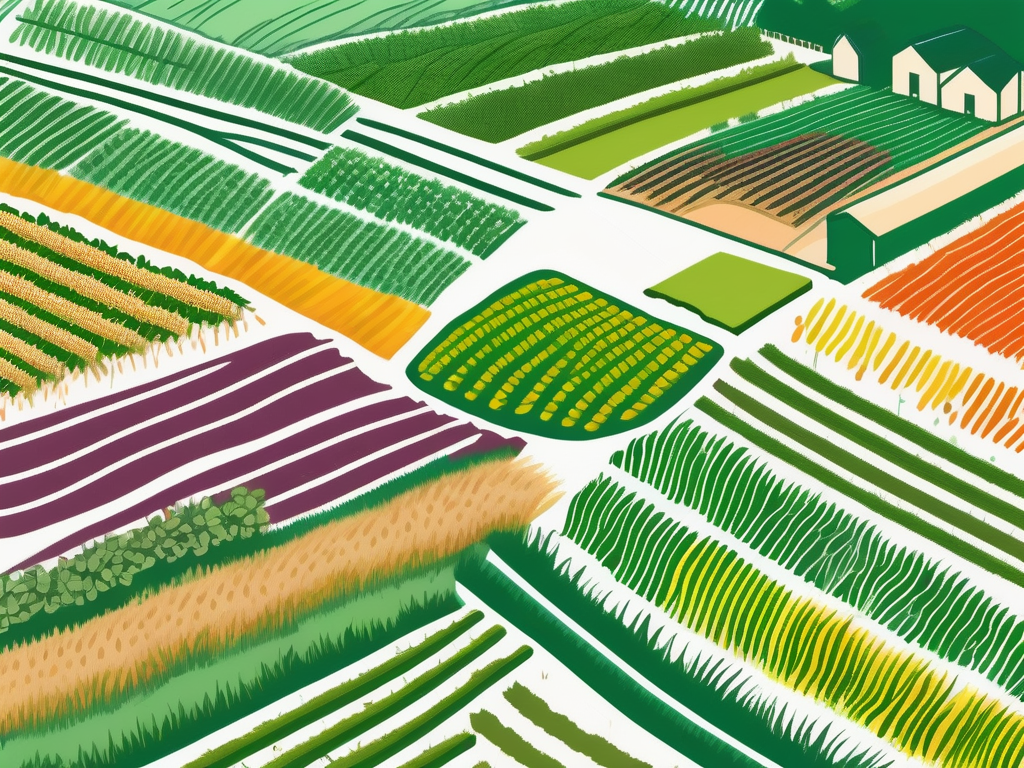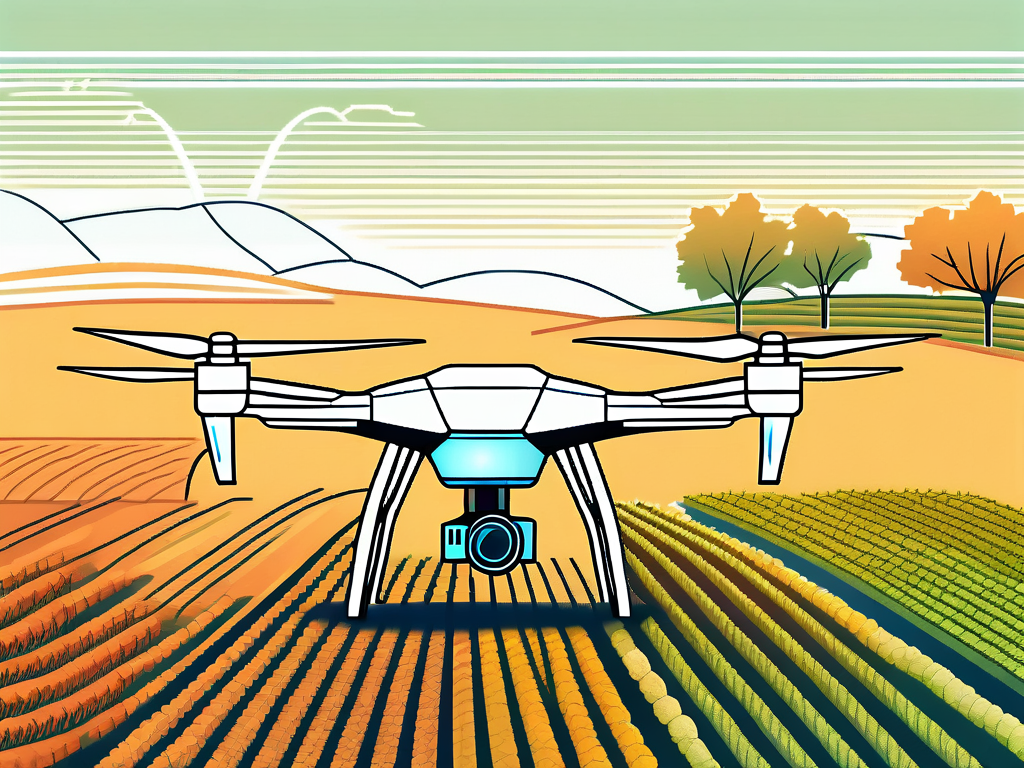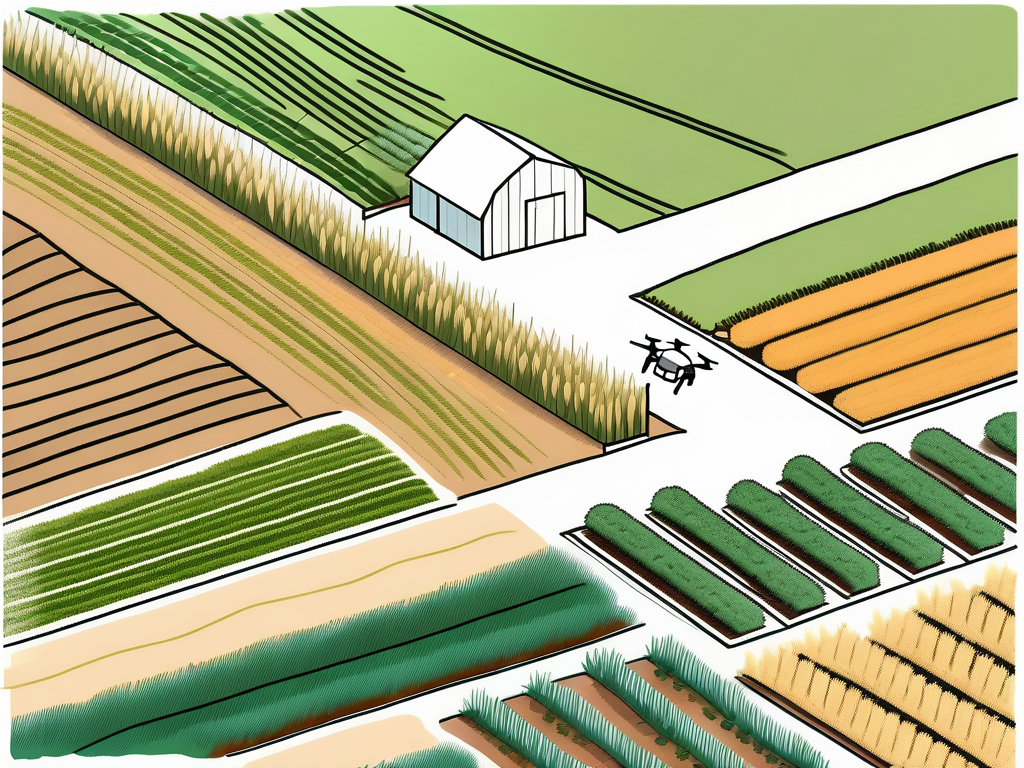
Enhancing Nutrient Management Through Remote Monitoring Solutions
In the world of agriculture and horticulture, optimizing nutrient levels is a crucial aspect of ensuring crop health and productivity. With advancements in technology, remote monitoring has emerged as a game-changing tool for farmers and gardeners. This innovative approach allows for real-time tracking and management of nutrient levels, leading to improved crop yields and reduced wastage. But how exactly does remote monitoring work, and what are its benefits? Let's delve deeper into this topic.
The Science Behind Nutrient Optimization
Before we dive into the specifics of remote monitoring, it's important to understand the science behind nutrient optimization. Plants require a variety of nutrients for growth and development. These include macronutrients like nitrogen, phosphorus, and potassium, as well as micronutrients such as iron, zinc, and copper. The right balance of these nutrients is crucial for plant health and productivity.
However, maintaining this balance is not always straightforward. Factors such as soil type, weather conditions, and crop variety can all influence nutrient levels. Too much of a certain nutrient can be just as harmful as too little, leading to problems like nutrient burn or deficiency. This is where remote monitoring comes into play.
Understanding Remote Monitoring
Remote monitoring involves the use of sensors and other technologies to track and manage nutrient levels in real-time. These systems can be installed directly in the soil or used to monitor nutrient solutions in hydroponic setups. They provide continuous data on nutrient levels, allowing farmers and gardeners to make informed decisions about fertilization and irrigation.

Most remote monitoring systems are connected to a central hub or a cloud-based platform. This allows for easy access to data from any location, at any time. Users can view real-time nutrient levels, historical trends, and even receive alerts when levels fall outside of optimal ranges.
The Role of Sensors
Sensors are the heart of any remote monitoring system. They are responsible for collecting data on nutrient levels in the soil or nutrient solution. There are different types of sensors available, each designed to measure specific nutrients. For instance, nitrogen sensors can detect the amount of nitrogen in the soil, while pH sensors can measure the acidity or alkalinity of the soil or solution.
These sensors are typically placed at various depths in the soil or in different parts of the nutrient solution. This allows for a comprehensive view of nutrient levels, helping to identify any potential issues before they become serious problems.
Connectivity and Data Management
Once the sensors have collected the data, it needs to be transmitted to a central hub or cloud-based platform. This is typically done using wireless technology, making it possible to monitor nutrient levels from any location. The data can then be analyzed and used to make informed decisions about nutrient management.
Many remote monitoring systems also come with data management tools. These can include features like data visualization, trend analysis, and predictive modeling. These tools can help users identify patterns and trends in nutrient levels, allowing for proactive management and optimization.
Benefits of Remote Monitoring for Nutrient Optimization
Remote monitoring offers a host of benefits for nutrient optimization. One of the most significant is the ability to make real-time adjustments to nutrient levels. This can help to prevent issues like nutrient burn or deficiency, leading to healthier crops and higher yields.
Another major benefit is the reduction in labor and resources. Traditional methods of nutrient management can be labor-intensive and require regular soil testing. With remote monitoring, these tasks can be automated, saving time and reducing costs.
Finally, remote monitoring can also contribute to sustainability efforts. By optimizing nutrient levels, farmers and gardeners can reduce the amount of fertilizer and water they use. This not only saves money but also helps to protect the environment.
Conclusion
Optimizing nutrient levels is a key aspect of successful farming and gardening. With the advent of remote monitoring, this task has become easier and more efficient than ever before. By leveraging sensors and data management tools, users can track and manage nutrient levels in real-time, leading to improved crop health and productivity.

Whether you're a small-scale gardener or a large-scale farmer, remote monitoring can provide valuable insights into your nutrient management practices. By embracing this technology, you can optimize nutrient levels, boost your yields, and contribute to a more sustainable future.
